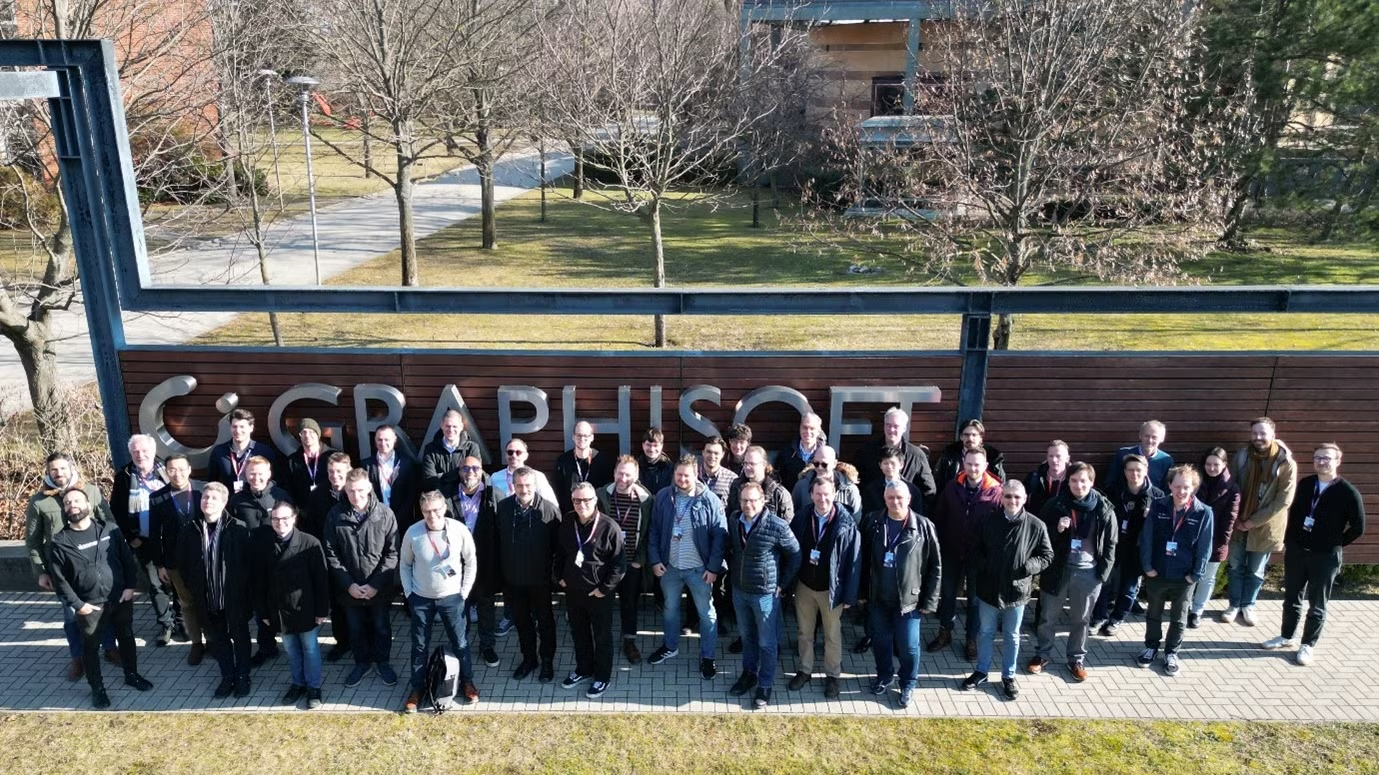The development story so far…
The launch of the NBS BIM Toolkit public BETA in early April was the result of six months of intensive teamwork on a project that has been both exhilarating and daunting for all involved. NBS has continued to improve the Toolkit since this date and it will be moving out of the BETA phase on or before the completion of the wider Level-2 BIM package.
NBS has dedicated a large and highly-skilled internal team to deliver this project that has worked in parallel across 13 work streams with expert external teams at partners BDP, BIM Academy, Mott MacDonald and RICS. The project has also benefitted from consultancy from Laing O’Rourke, Microsoft and Newcastle University.
Clearly when you’re working on a publicly funded initiative such as this, there is a huge responsibility to invest valuable time and money on developments that will benefit the widest possible constituency. With this in mind, the project team has consulted widely with the construction industry on what it wants to see included in the Toolkit and how it can best help them to meet the requirements of Level 2 BIM.
As well as speaking to architects, clients, contractors, engineers, manufacturers and facility managers to make sure the content and software being developed meets their needs, we have also received support from the main construction institutions including APM, BIFM, CIOB, CIBSE, ICE, IStructE, RIBA and RICS.
Discussions at national events such as Ecobuild and BIM Show Live provided further valuable insight for the development team as to the gaps in existing process and procedure, as did a series of eight workshops arranged in conjunction with the Construction Industry Council (CIC) regional BIM hubs, which covered all corners of the UK. Over one hundred suggestions for enhancements have also been received through the feedback mechanism within the Toolkit.
As a result of this insight and feedback the Toolkit has been enhanced to ensure it meets the needs of industry. One update was released in April and a further one went live on 13th July. A whole series of changes and improvements have been made in response to observations and suggestions from those using the Toolkit. These include a whole new user interface; the ability to define specific employer’s information requirements at each stage of a project and refer these back to the original ‘plain language questions’; improved collaboration through enabling all project team members to view tasks and responsibilities and post comments; and enhanced export features.
This seems a suitable moment to take stock of and look at how the construction industry can now benefit from the BIM Toolkit.
In summary, the industry now may freely use:
– An online digital plan of work tool that models project participants, roles, stages, tasks and deliverables.
– A reference library of over 5,700 construction definition templates covering all sectors of the industry. Some of these templates have been based on existing data, researched and developed by NBS over the last five years, whilst the infrastructure content and Level of Development (LOD) Specification have been built from scratch during the course of the project.
– currently finalising the access protocol before releasing this.
– A responsive delivery website that is designed to work on all platforms – from mobile phone up to a wide-screen desktop device.
One of the challenges of the whole project and the Innovate UK competition brief has been to develop “a sustainable business plan that allows the tool to be free-to-use while generating income from other sources”.
NBS are now responsible for a five-year programme of improvement, maintenance and support. To help deliver and fund this we will be giving product manufacturers the opportunity to provide useful, relevant and easily downloadable technical information within the Toolkit website. In our experience, such content is valued by end users and, in this instance, will support them in fulfilling the information requirements set out in the Digital Plan of Work (DPoW).
By ensuring the continued development of the Toolkit, we can maximise the part it plays in bringing greater synergy and collaboration to UK construction projects through the use of BIM.
The NBS BIM Toolkit is available for use on live projects and can be accessed here:
For further information on the latest enhancements to the Toolkit, please see our guide:
https://toolkit.thenbs.com/articles/nbs-bimtoolkit-beta-updates













